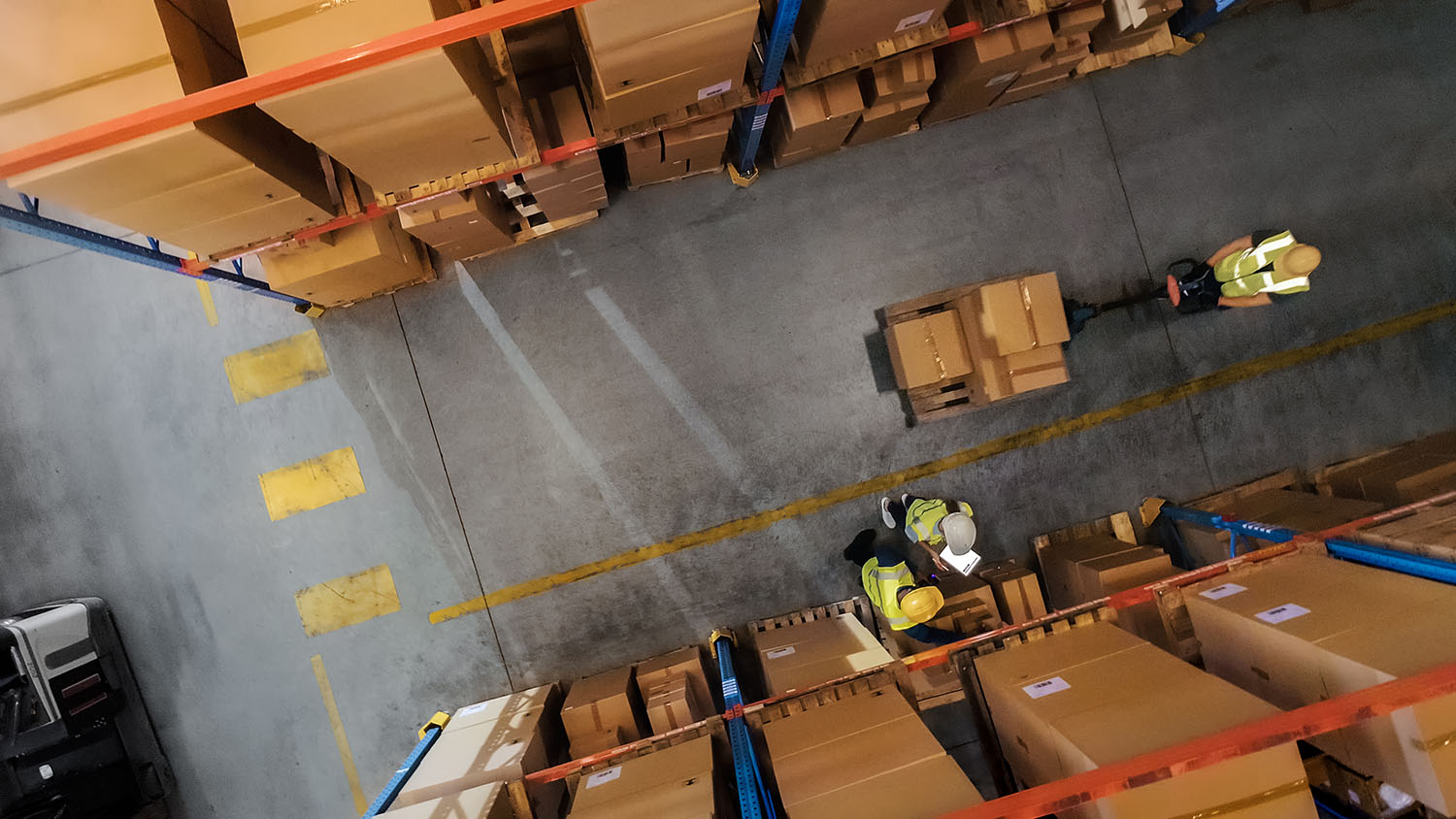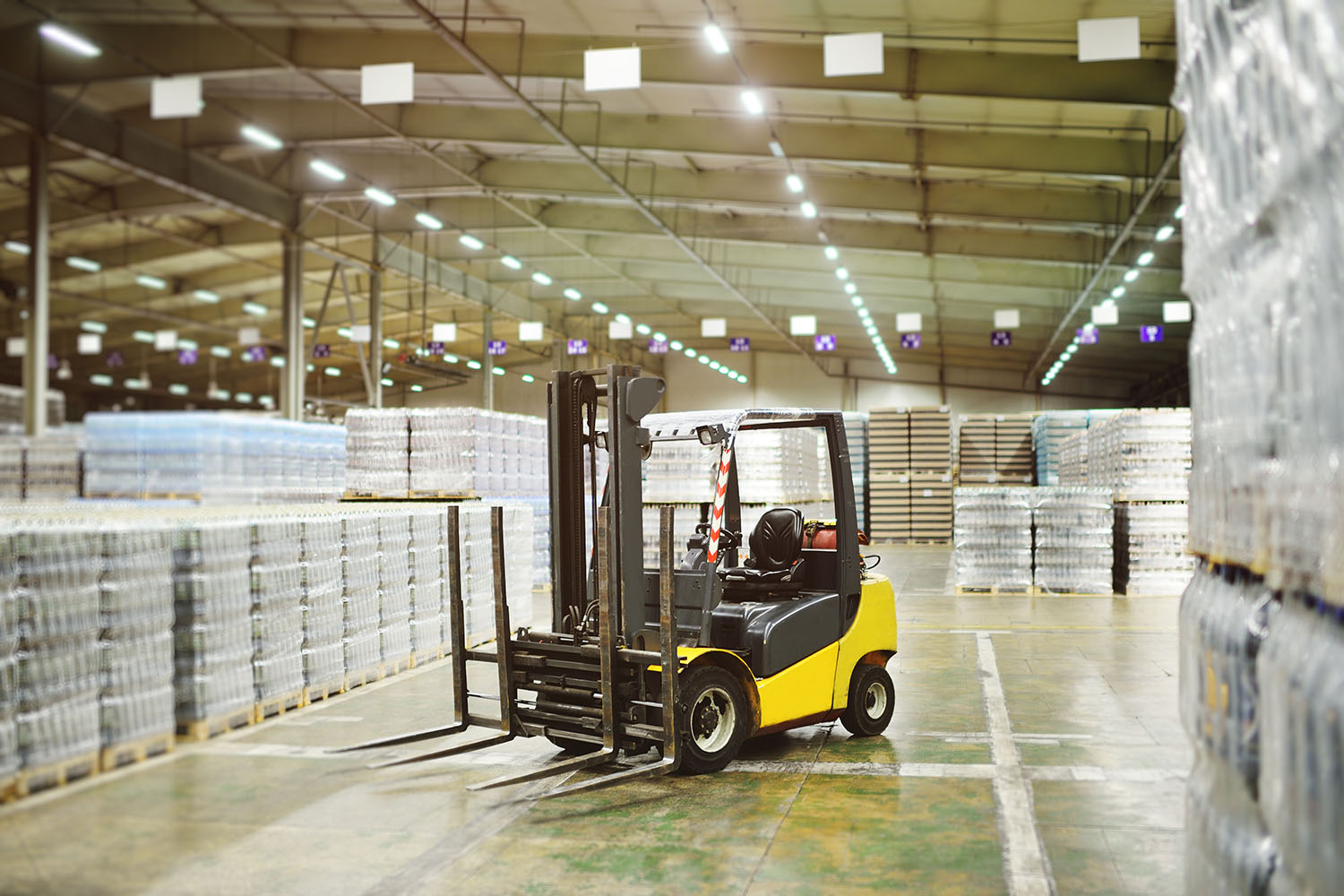The logistics industry is rapidly changing, driven by advancements in technology and shifts in market demands. For Third-Party Logistics (3PL) providers, staying current with these changes is essential for staying competitive. Embracing new technologies, especially in Warehouse Management Systems (WMS), is critical. By keeping up with the latest WMS trends, 3PL providers can improve their efficiency and gain a competitive edge.
Current State of 3PL WMS
Today’s 3PL warehouse management systems have evolved to meet many of the industry’s complex demands. They efficiently manage inventory, facilitate rapid shipments, and integrate with various business systems, which are fundamental capabilities for successful logistics operations. However, as the market continues to evolve with the rise of e-commerce and increasing customer expectations, even the most advanced 3PL WMS and the providers that use them must continue to adapt.
Many current WMS technologies are robust, yet there’s always room for enhancement. As businesses grow and their needs become more complex, the ability to scale and integrate smoothly with other technologies becomes crucial. This is where choosing the right WMS partner (who not only provides technology but also continuously innovates and adapts to the changing landscape) becomes vital.
Moreover, while many existing systems effectively manage standard operations, the increasing demand for customized services poses new challenges. This situation calls for WMS that offer more sophisticated functionalities.
Emerging Trends in 3PL WMS
The landscape of 3PL is being reshaped by several powerful forces. The exponential growth of e-commerce is one example, driving the need for more advanced WMS that can handle faster and more reliable fulfillment expectations. E-commerce not only demands speed but also accuracy and flexibility in handling diverse and fluctuating inventory types and volumes.
Global events such as trade wars and pandemics have also left a lasting impact, reinforcing the need for 3PL providers to maintain resilient and flexible operations. These events have tested the adaptability of WMS, pushing companies to think critically about how their systems can better manage disruptions and maintain continuity in unpredictable circumstances.
Additionally, there is a growing trend toward customization in products and services. Today’s consumers expect more tailored experiences, which in turn require 3PL providers to offer sophisticated and flexible solutions.
These trends collectively point toward a future where WMS are not just about storage and shipment facilitation but are crucial strategic tools that enable 3PL providers to navigate a rapidly changing business environment effectively.
Innovations to Watch in 3PL WMS
As the demands on 3PL providers evolve, so do the solutions designed to meet them. Here are some of the most exciting innovations in Warehouse Management Systems that are setting new standards for efficiency, accuracy, and sustainability:
Automation and Robotics: Automation technologies, such as robotic picking systems, are revolutionizing warehouse operations. These systems enhance speed and accuracy, reducing human error and improving overall efficiency. Robotics also allows for the handling of a broader range of products and can adapt quickly to changes in inventory and order patterns.
Artificial Intelligence and Machine Learning: AI and machine learning are increasingly integral to WMS. They enhance predictive analytics, which can forecast inventory needs and identify potential disruptions before they occur. These technologies also improve decision-making processes, optimizing logistics from inventory management to delivery routing.
Green Logistics: Sustainability is becoming a priority for 3PL customers and providers. Innovations in WMS now include features that minimize environmental impact, such as optimizing warehouse layouts to reduce energy consumption and automating systems to decrease waste. These improvements not only help 3PL providers meet regulatory requirements but also appeal to environmentally conscious customers.
Advanced Data Analytics: Modern WMS offer advanced data analytics capabilities, providing deep insights into every aspect of warehouse operations. This data is crucial for supporting continuous improvement, helping 3PL providers stay competitive in a rapidly changing market.
Customizable and Scalable Solutions: A WMS built for the future is highly customizable, which is essential for 3PL providers needing to cater to diverse client needs. Scalability is equally important, ensuring that systems can grow with the business and adapt to new challenges without costly overhauls.
These innovations not only respond to current industry challenges but also anticipate future needs, ensuring that 3PL providers can remain agile and responsive in a dynamic marketplace.
Strategic Implications for 3PL Providers
Innovation in warehouse management systems offer more than just operational enhancements; they provide strategic advantages that can fundamentally transform how 3PL providers operate and compete. Here are several ways these advancements can be leveraged strategically:
Enhanced Competitive Edge: By integrating advanced technologies such as AI, robotics, and real-time data analytics, 3PL providers can achieve higher levels of service efficiency and accuracy. This not only improves customer satisfaction but also positions providers as leaders in a market that values technological proficiency and innovation.
Increased Flexibility and Resilience: The ability to quickly adapt to changing market conditions and customer demands is crucial. Cutting-edge WMS equipped with advanced features and customizable modules allow 3PL providers to be more agile, adjusting operations in real-time to handle unexpected shifts in the supply chain or customer base.
Cost Management: Efficient use of automation and data analytics can significantly reduce waste and operational costs. Similarly, automation reduces labor costs and enhances process efficiency.
Sustainability Leadership: With green logistics solutions, 3PL providers can meet increasing regulatory demands and consumer expectations for environmental stewardship. This not only helps in compliance, but also in building a brand that is recognized for its commitment to sustainability.
Long-term Scalability: As 3PL companies grow, the challenges of scaling operations efficiently can become formidable. A scalable WMS ensures that technological capabilities grow in line with the business, supporting expansion without the constant need for new investments in basic infrastructure.
By embracing these innovations, 3PL providers can not only solve current operational challenges but also create opportunities to differentiate themselves and capture new markets. This proactive approach in adopting advanced WMS technologies ensures they are not just keeping up with trends but are setting them, paving the way for sustained growth and success.
Implementing Future Technologies
Adopting new technologies in warehouse management can seem daunting, but with the right approach, it can be smoothly integrated into existing systems. Here are practical steps that 3PL providers can take to start incorporating these innovations:
Assessment of Current Systems: Begin by evaluating your current WMS and other integrated systems to identify gaps and areas for improvement. Understand which features are lacking, what is working well, and where new technology could make a significant impact.
Partner Selection: Choose technology partners that not only offer advanced solutions but also understand the unique challenges of the 3PL industry. Look for partners with a track record of successful implementations and strong customer support.
Pilot Testing: Implement new technologies on a small scale initially. A pilot project allows you to test the impact of the technology on your operations without risking major disruptions. This approach helps in fine-tuning the system to better fit your specific needs before a full rollout.
Training and Development: Ensure your staff is well-prepared to use new technologies by investing in comprehensive training. This includes not only how to use the new systems but also understanding how these tools can enhance their daily work and the overall business objectives.
Integration and Scalability: As you implement new technologies, ensure they are fully integrated with existing systems to maximize efficiency and data coherence. Additionally, consider their scalability as your business grows and your needs evolve.
Continuous Improvement and Feedback: Once the new systems are in place, continuously monitor their performance and gather feedback from users to make necessary adjustments. This ongoing process helps maximize the return on investment and ensures the technology adapts to changing business needs.
By methodically planning and executing the adoption of new technologies, 3PL providers can enhance their operational capabilities and remain competitive in a fast-evolving industry.
Conclusion
The future of 3PL WMS is defined by rapid technological advancements and changing market dynamics. As we’ve explored, innovations are not just enhancing current capabilities but are setting new standards for operational efficiency and strategic advantage. For 3PL providers, the adoption of these technologies is not optional but a necessity to remain competitive and responsive to customer needs.
The strategic implementation of advanced WMS can transform challenges into opportunities, allowing 3PL providers to not only meet but exceed the expectations of a demanding market. By staying at the forefront of technology, 3PL providers can ensure scalability, flexibility, and sustainability in their operations, setting a foundation for long-term success.
Don’t let your business fall behind in an increasingly competitive and technologically driven market. Contact Da Vinci today to discover how our innovative WMS solutions can be tailored to fit your unique needs, helping you stay ahead of industry trends and elevate your 3PL operations. Let us help you transform your logistics operations into a future-ready powerhouse.



